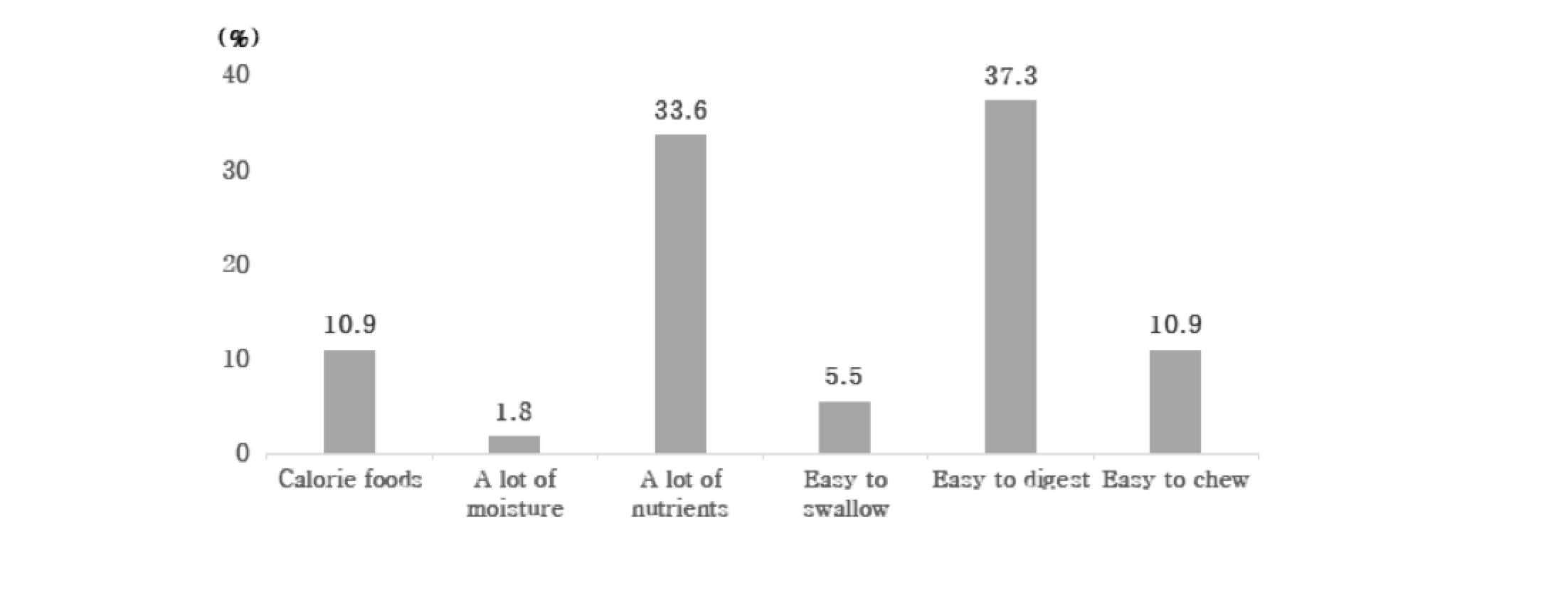Abstract
This study was conducted for adults to identify the recognition for elderly-friendly foods and need for oral health education in dental clinic. The survey was conducted on 110 adults who visited the Yonsei University's Oral Health Promotion Center at 7th GTI International Trade and Investment Fair on Oct. 17-20 2019. The survey items included five general characteristics, four self-rated health, five recognition and need for elderly-friendly foods, one question about need for education in dental clinic, and were analyzed using chi-square test, Independent t-test and ANOVA by SPSS 25. About 95% of respondents said they didn’t know about elderly-friendly foods. Also, 85.2% said that elderly-friendly foods is related and helpful for oral health. And the necessity of education for elderly-friendly foods in dental clinic was felt most high in groups with poor self-rated chewing force. This study confirmed that the group with poor self-rated oral health and chewing force was felt higher the necessity of education for elderly-friendly foods in dental clinic. The dental field should contribute to improving the nutritional level of elderly by providing oral health education on the elderly-friendly foods considering oral health and chewing force in future.
Figures & Tables

Figure 1. Functional priority for elderly-friendly foods. by Chi-square test. *p<0.05 by Independent t-test, ANOVA
